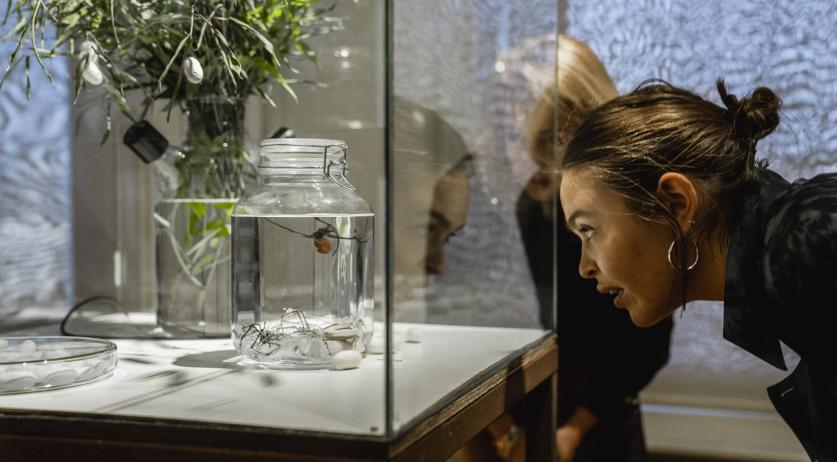Female visual artists earn 20 percent less in income than their male colleagues, according to the Institute for Arts, Culture and Related Policy at the Boekman Foundation. The research results were presented to Fleur Gräper, the state secretary for culture, at the Mauritshuis in The Hague on Thursday.
Female artists had a gross average income of 16,900 euros a year between 2017 and 2021, while their male counterparts earned 20,200 a year, a fifth more. Only the women aged 35 to 44 earned a higher income, but that is due to many holding down a second job, even though the women in question did work fewer hours.
The difference between men and women in visual arts is not as bad as in most other creative professions. On average, women earn 33 percent less than men in creative fields. Although there are more women visual artists, their work is also less likely to be shown in museums, galleries, and scholarships.
Nearly 15,000 visual artists participated in the study, over half of whom were women. During the time frame of the study, they all averaged a much lower income than other creative professions. Visual artists earned around 18,500 euros before taxes on average per year, compared to 35,100 euros in other creative professions.
Women also apply for fewer subsidies, and also receive them less often. “Research into three subsidy arrangements from the Mondriaan Fonds shows that 52 percent of the total awarded amounts goes to men, 45 percent goes to women, and three percent goes to non-binary artists and others who did not fill in a gender on their application form,” said the foundation.
Artists also earn money by winning prizes, of which there are plenty of in the art world. There is equality among the winners, said the Boekman Foundation.
“The split between the amount of female winners (54 percent) and male winners (43 percent) reflects the ratio in the job market. The remaining 3 percent consists of an artist collective.”

